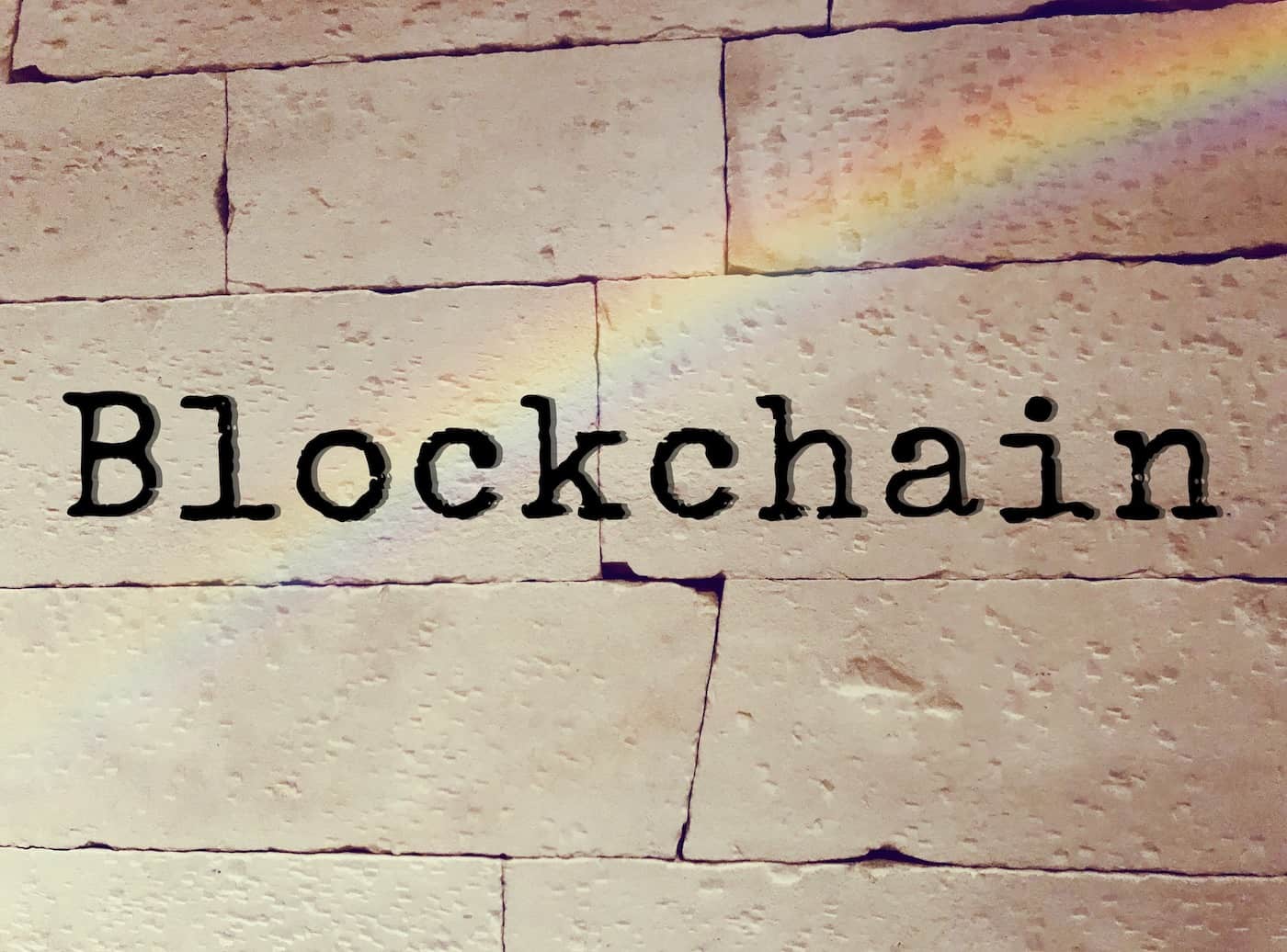Gavin Wood, an Ethereum co-founder who has focused on Polkadot noted that we are seeing a global return to normalcy and resurgence of (in-person) events with it (even though various of COVID still seem to be affecting a significant number of people despite vaccinations being administered widely since 2020).
According to the Polkadot founder, conflict and AI present “some of the most prominent themes of the news cycle this year with some of the more inquisitive wondering how, along with blockchain, the world might be changed with them.”
Gavin Wood recalls in a detailed blog post that it is a special anniversary for him, as he had, exactly 10 years ago, written “the first lines of crypto-economic code in his life.”
As his status in this industry would, perhaps, approach that of a veteran, it seems that we have rather “a seasonal system going.”
The new “crypto-winter” has been well underway for some time now. Web3, but perhaps more accurately cryptocurrency, has “found itself in the regular news rather a lot but under a somewhat more negative light than the more optimistic headlines of several years ago.”
Gavin Wood from Polkadot added that this crypto-winter, “while probably inevitable, must surely have been helped along by the failings of certain individuals who seem to think the messaging and marketability of Web3 can be successfully divorced from its technology and culture.”
He added:
“We also see the regulatory environment our industry finds itself in evolving, sometimes sensibly, sometimes less so. Some large developments are now happening all over the world, not least in the UK, Switzerland, Japan, the EU and the US; the latter might even be partially informed by the Web3 Foundation whose representatives have testified to the US House of Representatives and advised the LDP, Japan’s ruling party.”
He also mentioned:
“While the changes in these jurisdictions each have their own nuances, we are seeing an increasingly intentional position taking shape, strongly underlining the importance of avoiding trust-bound, custodial and Web2 ‘solutions’ and bring in true trustlessness and decentralization in all terms: stake, nodes and governance. Thankfully, some of the more enlightened regulators of the world do appear to recognize that not all cryptocurrencies are equal, even if only implicitly noted through certain absences.”
He added that those of the old guard know that decentralization has “been a priority of Polkadot through from its very conception, as mentioned in the original vision paper.”
He further noted that it is rare “for the interests of idealism and pragmatism to overlap, but in this case it is real and decentralization is not just something we should work towards, but something we truly must deliver on.”
He also shared:
“While there is still much work to do in this industry to create truly resilient, decentralized and self-reliant systems, by many metrics Polkadot is already ahead of the game. A recent independent report placed Polkadot top in terms of the Nakamoto coefficient (one means of measuring structural decentralization) among the industry’s major networks and second out of all proof-of-stake protocols. This year also saw a decentralization milestone hit with a second implementation, Kagome, of the Polkadot Relay-chain protocol joining the active validator set on Kusama.”
He pointed out that the Polkadot ecosystem “continues to grow: Across Polkadot and Kusama we have 90 parachains from over 580 ecosystem projects; 300 of which are decentralised applications and 190 are Substrate-based blockchains.”
He explained that Polkadot runs “with 50 of its parachain cores enabled now, with 17,000 XCM messages being shuttled trustlessly and securely between them each month. On the 22nd of December, we saw the Relay-chain alone—that’s one of 50 chains on Polkadot and one which already has quite a lot of other stuff to be doing— handle 6.9m transactions in 24 hours, a sustained rate of 80 per second over the day.”
Gavin Wood further noted that we now “see almost 2,000 monthly active developers and 83,000 monthly active users across the ecosystem.”
They’ve now reportedly “seen over 10x growth of the small-hodler-friendly nomination pools through the year to over 180 pools covering 10m DOT staked.”
Gavin Wood revealed that in the Web3 Foundation’s grants program they’ve “seen 324 applications over the year of which a huge 135 have been signed over 54 countries; and last month, the foundation hit a milestone as it signed its 600th grant since the program began in 2017.”

